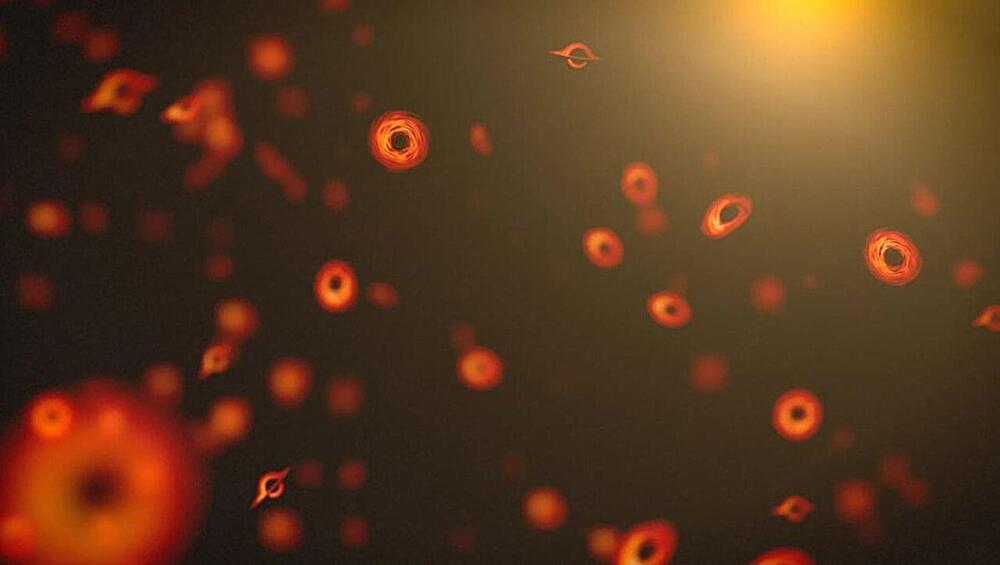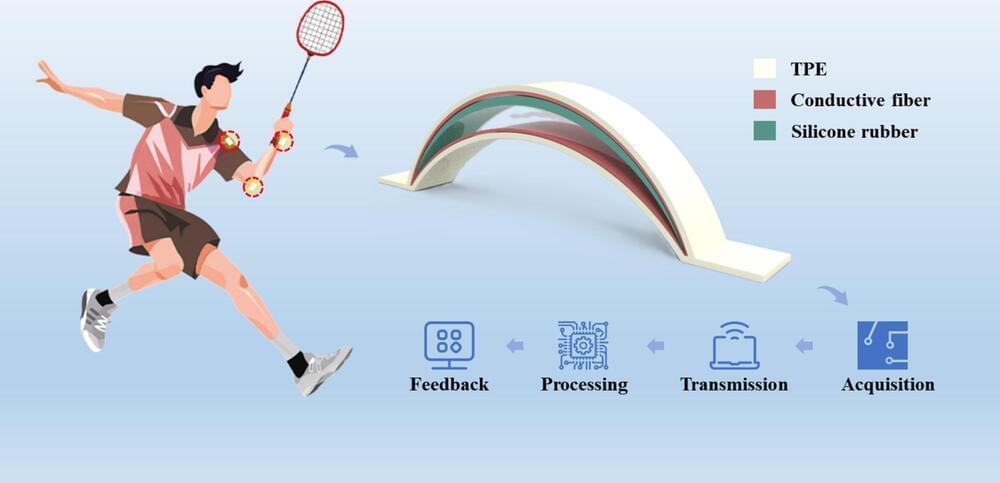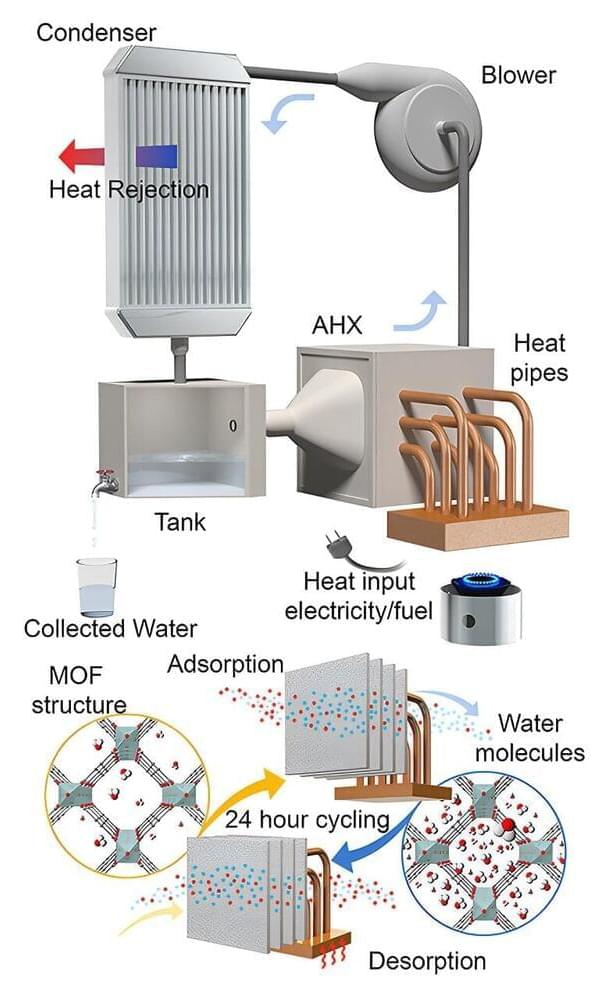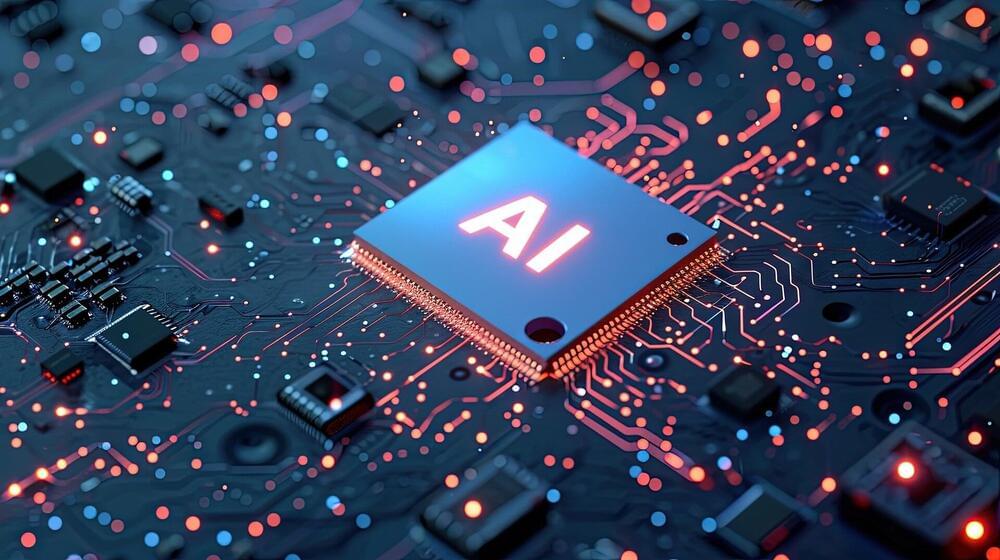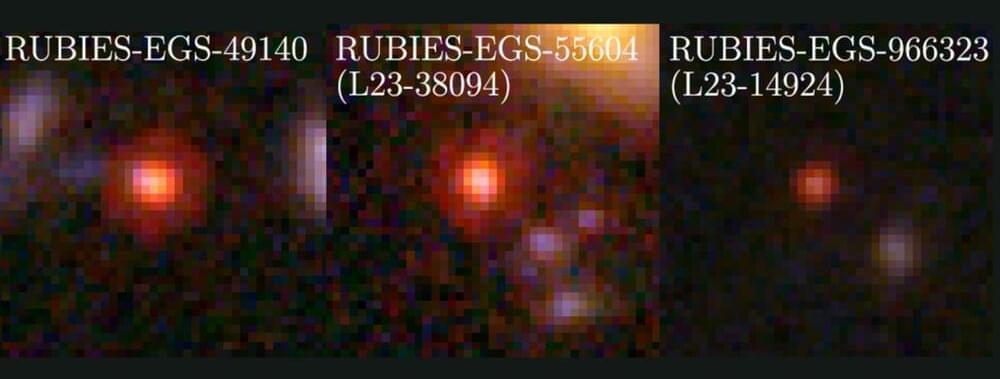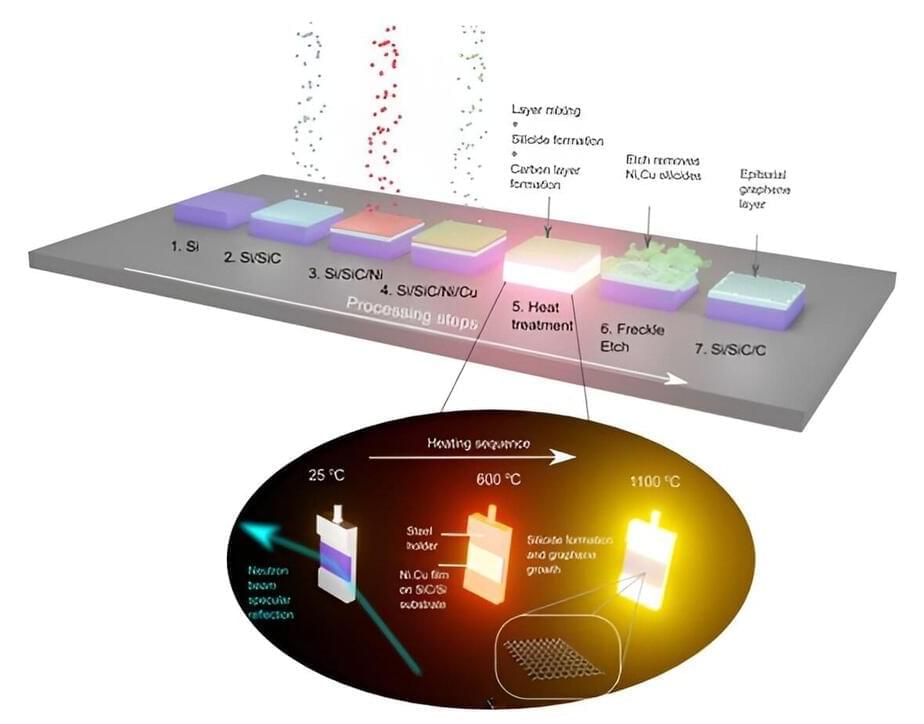What is dark matter? That question is prominent in discussions about the nature of the universe. There are many proposed explanations for dark matter, both within the Standard Model and outside of it.
Claudia de Rham thinks that gravitons, hypothetical particles thought to carry gravity, have mass. If she’s right, we can expect to see “rainbows” in ripples in space-time.
The psychedelic compound psilocybin has played a role in hominid lives and perceptions for millions of years.
A very relevant subject for research.
The world appears to contain diverse kinds of objects and systems—planets, tornadoes, trees, ant colonies, and human persons, to name but a few—characterized by distinctive features and behaviors. This casual impression is deepened by the success of the special sciences, with their distinctive taxonomies and laws characterizing astronomical, meteorological, chemical, botanical, biological, and psychological processes, among others. But there’s a twist, for part of the success of the special sciences reflects an effective consensus that the features of the composed entities they treat do not “float free” of features and configurations of their components, but are rather in some way(s) dependent on them.
Consider, for example, a tornado. At any moment, a tornado depends for its existence on dust and debris, and ultimately on whatever micro-entities compose it; and its properties and behaviors likewise depend, one way or another, on the properties and interacting behaviors of its fundamental components. Yet the tornado’s identity does not depend on any specific composing micro-entity or configuration, and its features and behaviors appear to differ in kind from those of its most basic constituents, as is reflected in the fact that one can have a rather good understanding of how tornadoes work while being entirely ignorant of particle physics.
Ever since sharing Ned Block’s talk on it, phenomenal consciousness has been on my mind. This week, I decided I needed to go back to the main spokesperson for the issue of subjective experience, David Chalmers, and his seminal paper Facing Up to the Problem of Consciousness.
I have to admit I’ve skimmed this paper numerous times, but always struggled after the main thesis. This time I soldiered on in a more focused manner, and was surprised by how much I agreed with him on many points.
Chalmers starts off by acknowledging the scientifically approachable aspects of the problem.
Today’s athletes are always on the lookout for new techniques and equipment to help them train more effectively. Modern coaches and sports trainers use intelligent data monitoring through videos and wearable sensors to help enhance athletic conditioning. However, traditional video analysis and wearable sensor technologies often fall short when tasked with producing a comprehensive picture of an athlete’s performance.
Researchers from Lyuliang University have developed a low-cost, flexible, and customizable sensor for badminton players that overcomes current monitoring constraints. The work is published in APL Materials.
Badminton is known for its many technical movements and the dynamic speed and precision required to play successfully. Monitoring the postures, footwork, arm swings, and muscle strength shown by badminton players is limited by video shooting angles and the discomfort of rigid wearable sensors.
Earth’s atmosphere holds an ocean of water, enough liquid to fill Utah’s Great Salt Lake 800 times. Extracting some of that moisture is seen as a potential way to provide clean drinking water to billions of people globally who face chronic shortages.
Existing technologies for atmospheric water harvesting (AWH) are saddled with numerous downsides associated with size, cost and efficiency. But new research from University of Utah engineering researchers has yielded insights that could improve efficiencies and bring the world one step closer to tapping the air as a culinary water source in arid places.
The study unveils the first-of-its-kind compact rapid cycling fuel-fired AWH device. This two-step prototype relies on adsorbent materials that draw water molecules out of non-humid air, then applies heat to release those molecules into liquid form, according to Sameer Rao, senior author of the published in the journal Cell Reports Physical Science and an assistant professor of mechanical engineering.
IMDEA Software researchers Facundo Molina, Juan Manuel Copia and Alessandra Gorla present FIXCHECK, a novel approach to improve patch fix analysis that combines static analysis, randomized testing and large language models.
Their innovations, embodied in the paper: “Improving Patch Correctness Analysis via Random Testing and Large Language Models” were presented at the International Conference on Software Testing, Verification and Validation (ICST 2024), and additional details are available on the Zenodo server.
Generating patches that fix software defects is a crucial task in the maintenance of software systems. Typically, software defects are reported via test cases, which unveil undesirable behaviors in the software.
A recent discovery by NASA’s James Webb Space Telescope (JWST) confirmed that luminous, very red objects previously detected in the early universe upend conventional thinking about the origins and evolution of galaxies and their supermassive black holes.
An international team, led by Penn State researchers, using the NIRSpec instrument aboard JWST as part of the RUBIES survey identified three mysterious objects in the early universe, about 600–800 million years after the Big Bang, when the universe was only 5% of its current age. They announced the discovery today June 27 in Astrophysical Journal Letters.
The team studied spectral measurements, or intensity of different wavelengths of light emitted from the objects. Their analysis found signatures of “old” stars, hundreds of millions of years old, far older than expected in a young universe.
A team of researchers from ANSTO and University of Technology Sydney have set a record by conducting thin film experiments at 1,100 degrees Celsius, using the Spatz reflectometer equipped with a vacuum furnace.
The unique combination of neutron reflectometry with high temperature apparatus enables atomic-scale insights into thin film growth and diffusion processes. This is of relevance to a wide range of thin film technology and devices which undergo a range of processing and heat treatment conditions to optimize performance.
The UTS group, led by Francesca Iacopi and Aiswarya Pradeepkumar, has been studying the growth of thin carbon sheets (graphene) on SiC/Si substrates which occurs at high temperatures. This award-winning process allows for highly conductive electronics that can be integrated with standard silicon fabrication processes.
